Throughout the ages, big cats have captivated human fascination with their sheer power, grace, and stealth. As apex predators, they dominate their environments, perched at the top of the food chain. But how did these magnificent creatures evolve to become the masters of their domains? In this article, we’ll explore the evolution of big cats, shedding light on the biological and ecological factors that have shaped their journey over millions of years.
The Beginnings: Early Ancestors of Big Cats
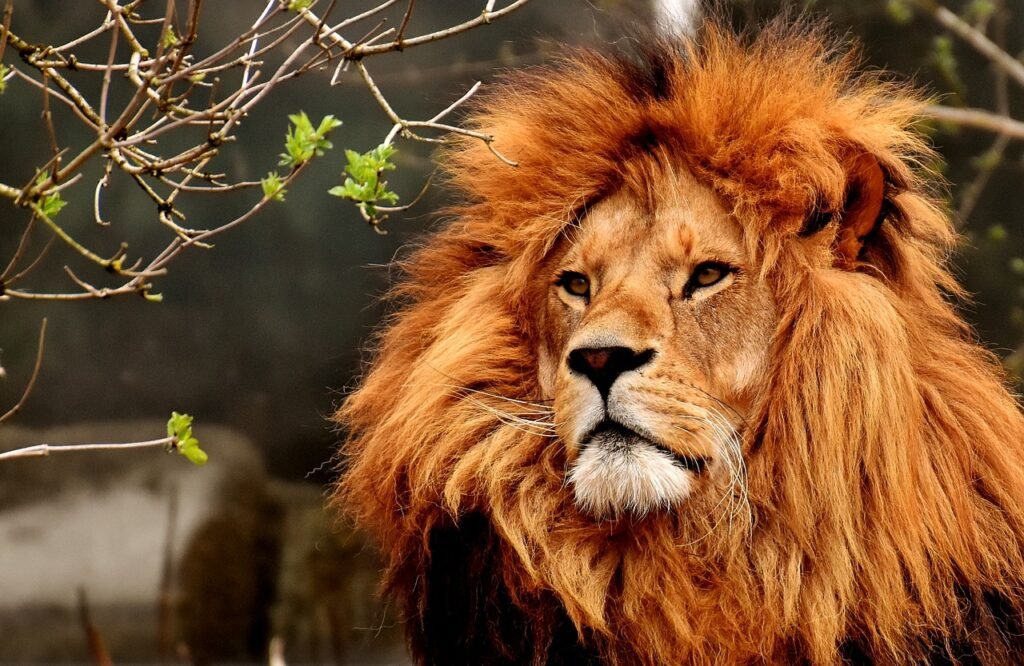
The evolutionary trajectory of big cats dates back to the early carnivorous mammals known as Miacids, which roamed the Earth around 60 million years ago. From this origin, the Feliformia suborder emerged, diverging from other carnivorous mammals. These early ancestors laid the groundwork for two primary families: Felidae (cats) and Hyaenidae (hyenas). Fossils like those of Proailurus and the later species Pseudaelurus demonstrate the physiological adaptations that led to the development of modern big cats.
Adaptations: Sharpening the Predatory Edge

One distinctive feature that set the stage for big cats as apex predators is their retractable claws. This adaptation not only aids in silent stalking but also ensures their claws remain sharp and formidable. Furthermore, the powerful jaw muscles and specialized teeth structures, like canines adapted for shearing, are evolutionary traits that cater to a meat-centric diet.
Evolutionary Diversification: Developing Unique Traits
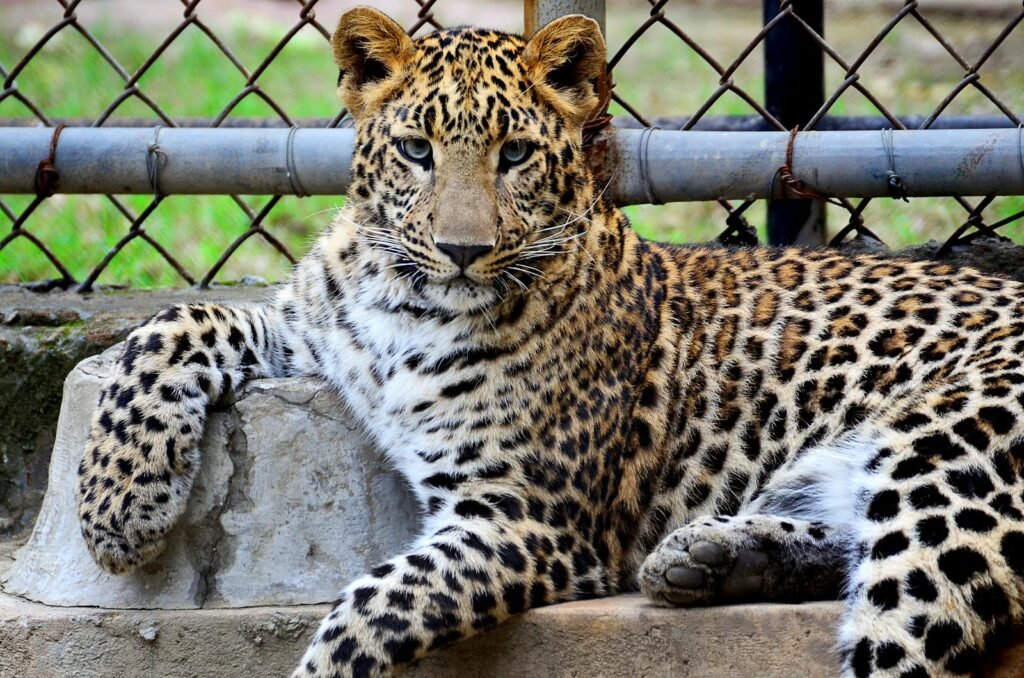
During the Late Miocene epoch, about 10 million years ago, big cats diversified into varied species. This period saw the rise of sabertooth cats, like Smilodon, known for their large, fearsome canine teeth. Although these species eventually went extinct, they illustrate the varied evolutionary experiments that shaped the lineage of big cats. Modern big cats like lions, tigers, and leopards can trace distinct traits back to this evolutionary experimentation era.
Camouflage: The Stealthy Edge
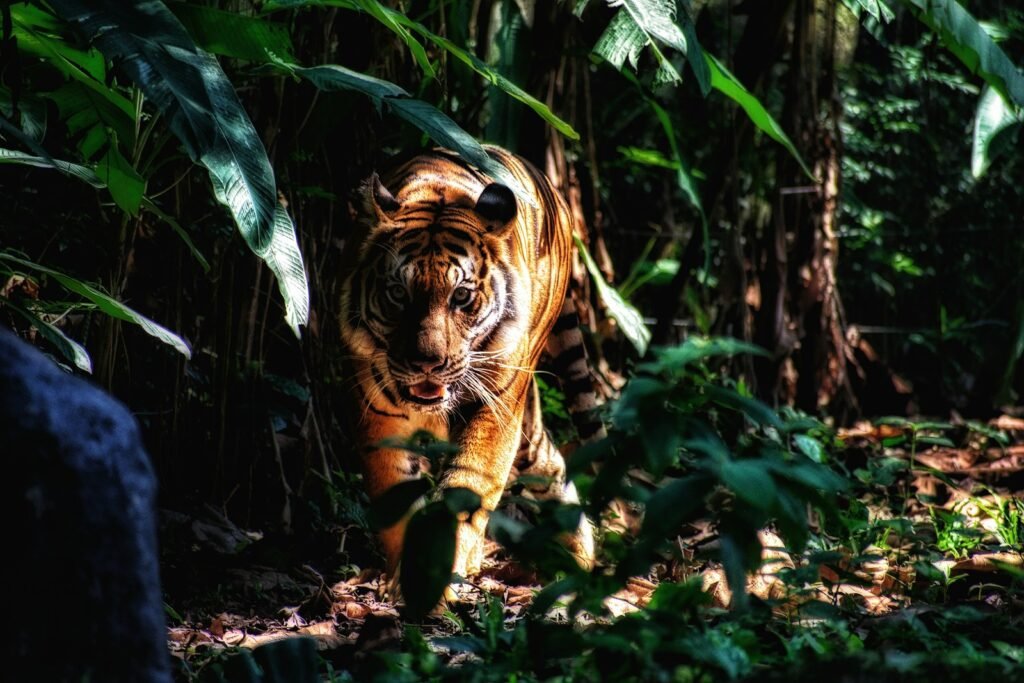
Camouflage plays a crucial role in the hunting techniques of big cats. Patterns, such as the rosettes found on leopards or the stripes on tigers, serve to breaks up their outline and blend into the diverse environments they inhabit. This adaptation is essential for ambush predators reliant on stealth to catch swift prey.
Locomotion: Speed and Agility
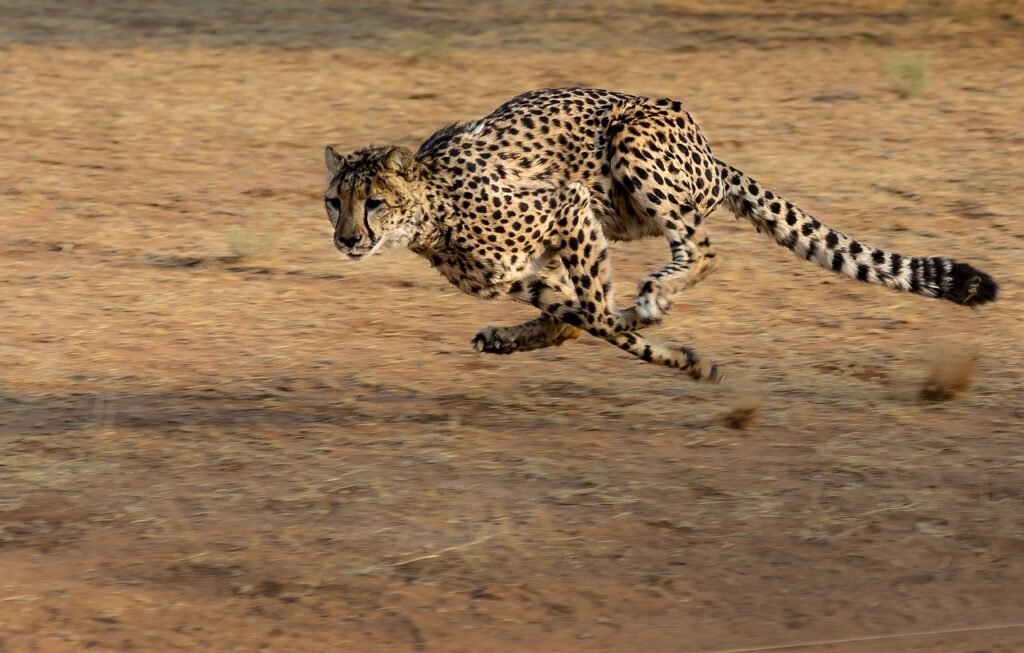
Big cats are built for explosive speed and agility, traits vital for capturing prey. The flexible spine and powerful limbs of cheetahs allow them to reach speeds up to 60 mph, albeit in short bursts. This evolutionary development is a testament to how natural selection favored those big cats that could outrun or outmaneuver their prey.
Sensory Enhancement: Superior Senses
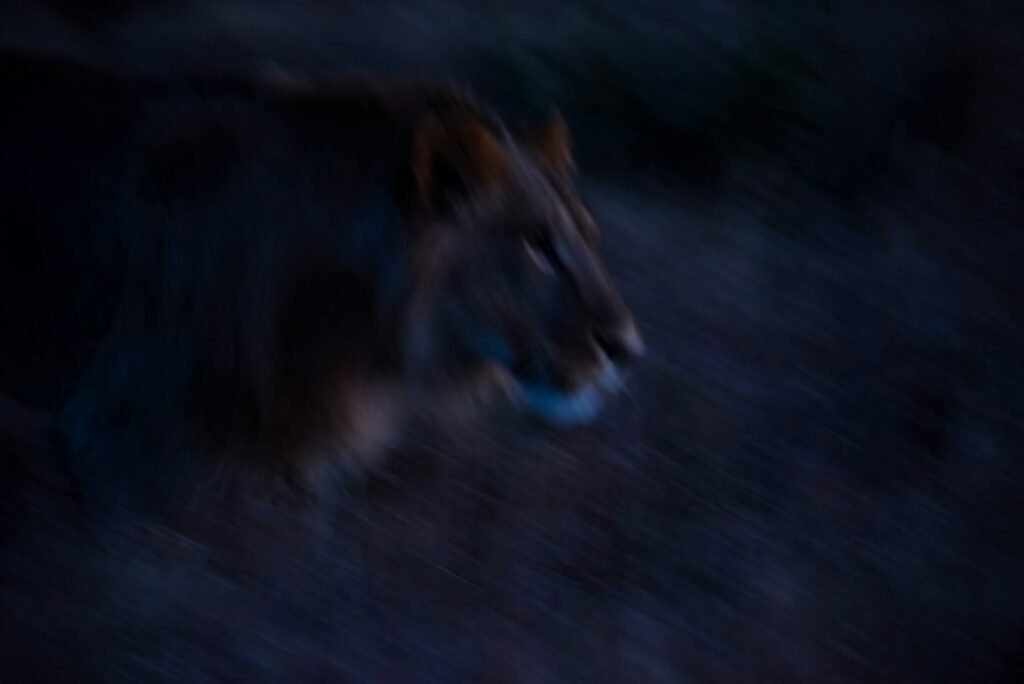
The evolution of acute senses has been paramount in the success of big cats as apex predators. Their nocturnal vision is particularly well-developed, enabling night hunting when many of their prey are most active. The sense of smell, though not as pronounced as canines, and acute hearing fine-tune their predatory prowess.
Social Structures: Complex Interactions
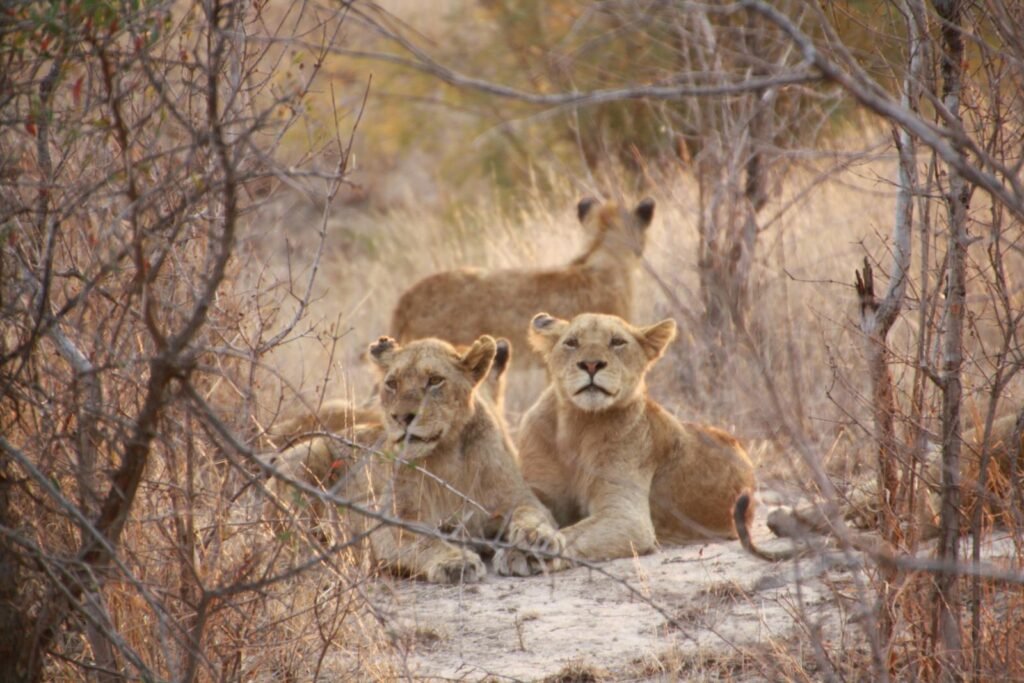
While many big cats are solitary, lions operate in social groups known as prides. This social structure provides a strategic advantage, enabling them to tackle larger prey and defend territories against rival predators or scavengers. This evolutionary adaptation showcases the variety in social behavior among the big cat lineage.
Habitats: Adapting to Diverse Environments
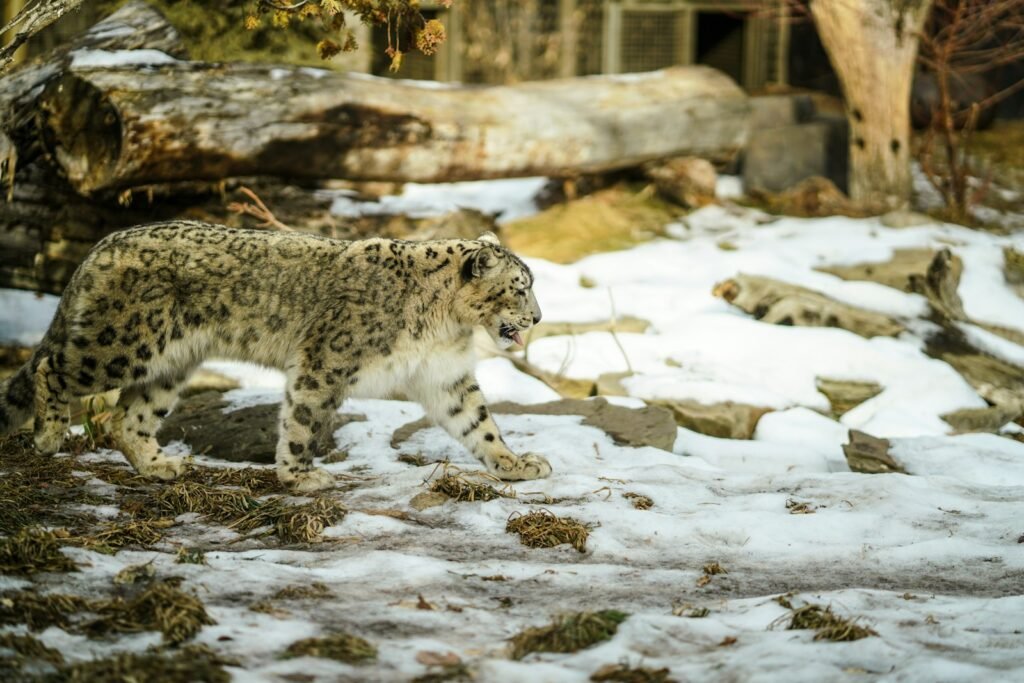
Big cats are incredibly adaptable, successfully inhabiting various environments ranging from dense jungles to arid savannahs and icy tundras. Their evolutionary paths reflect the need to adapt to these diverse ecosystems, whether through hunting techniques or physical adaptations like fur density and color.
Dietary Specialization: The Carnivorous Path
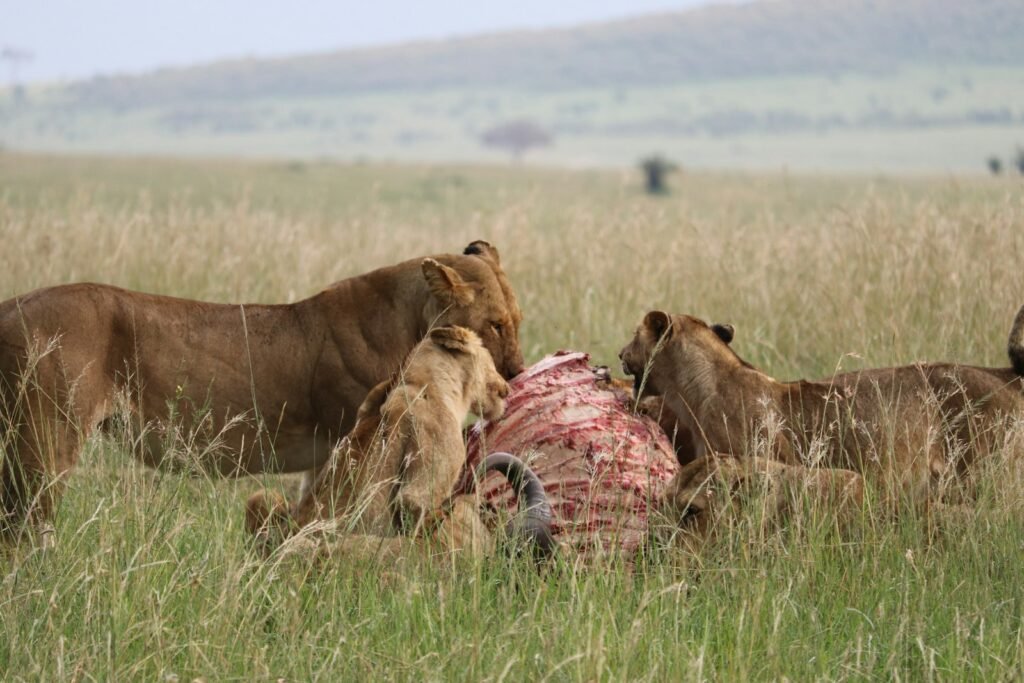
The diet of big cats primarily comprises large herbivores, a factor that has driven their evolution as powerful killers. Over time, the digestive systems of big cats have adapted to efficiently process large amounts of protein, making them proficient at extracting necessary nutrients from meat.
Threats and Conservation: A Modern Challenge
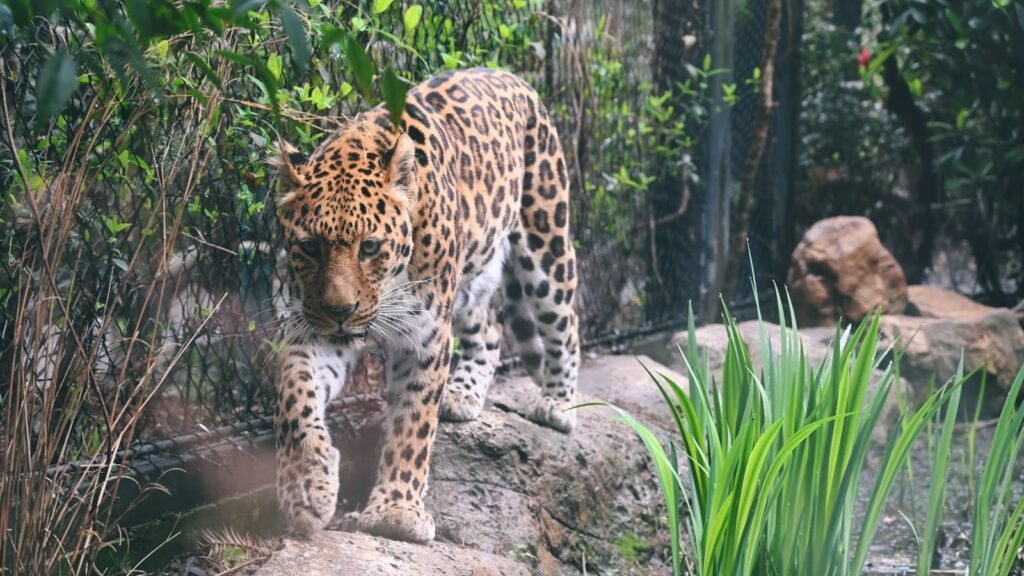
Despite their status as apex predators, big cats face numerous threats from human activities, including habitat destruction and poaching. Conservation efforts are crucial to preserve these majestic creatures and maintain the ecological balance of their natural habitats.
### Conclusion
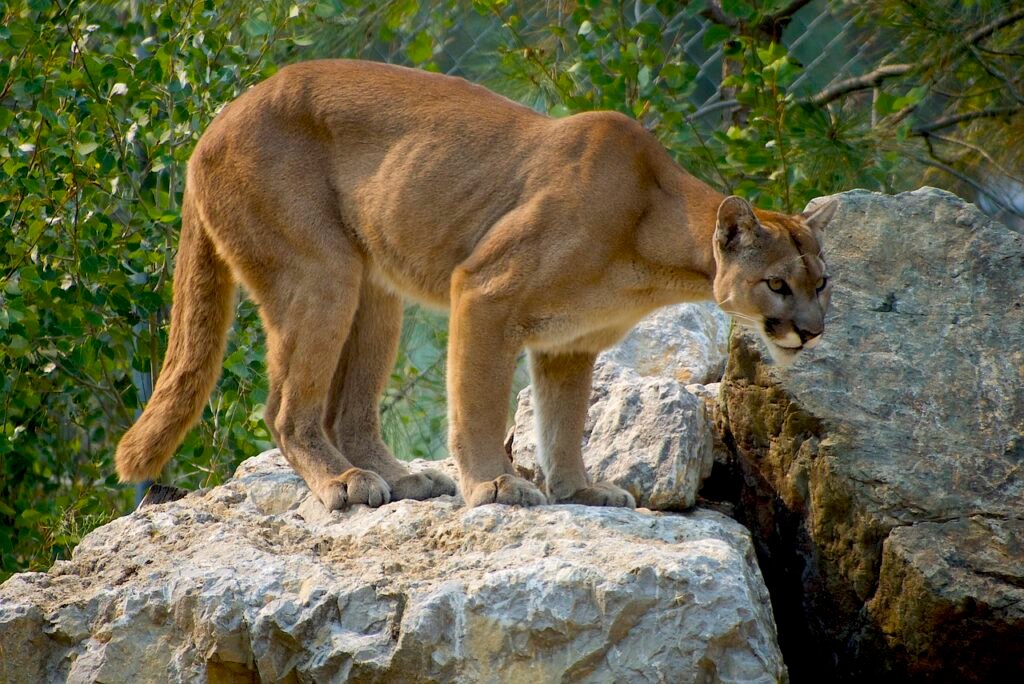
The evolution of big cats into apex predators is a story of adaptation and survival, honed over millions of years. Through physical and behavioral adaptations, they have mastered the art of hunting and survival, remaining integral to the ecosystems they inhabit. Understanding their evolutionary history not only enriches our appreciation of these fascinating animals but also underscores the importance of conserving them for future generations. By protecting big cats, we preserve a key chapter in Earth’s complex tapestry of life.
Hi, I’m Bola, a passionate writer and creative strategist with a knack for crafting compelling content that educates, inspires, and connects. Over the years, I’ve honed my skills across various writing fields, including content creation, copywriting, online course development, and video scriptwriting.
When I’m not at my desk, you’ll find me exploring new ideas, reading books, or brainstorming creative ways to solve challenges. I believe that words have the power to transform, and I’m here to help you leverage that power for success.
Thanks for stopping by, Keep coming to this website to checkout new articles form me. You’d always love it!






